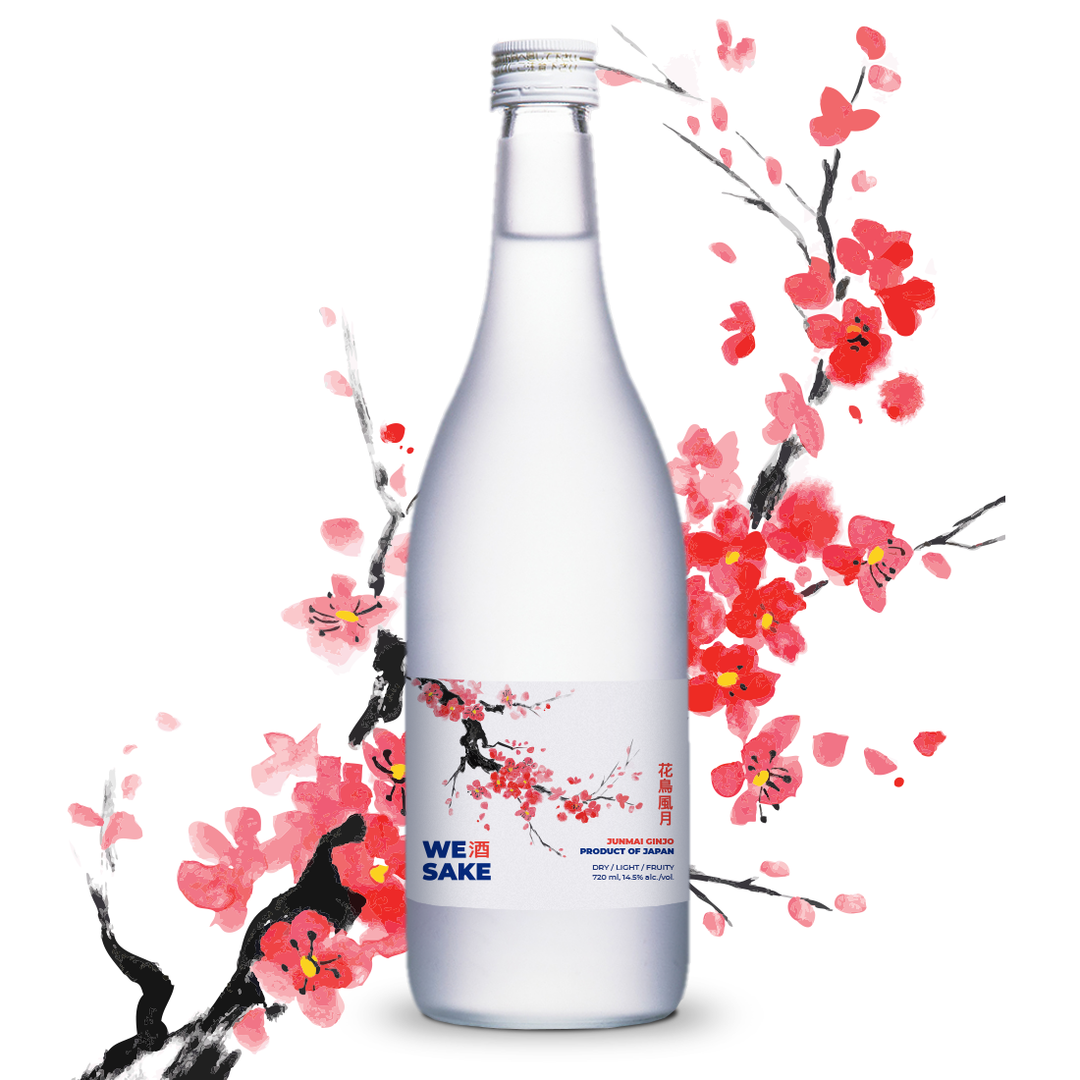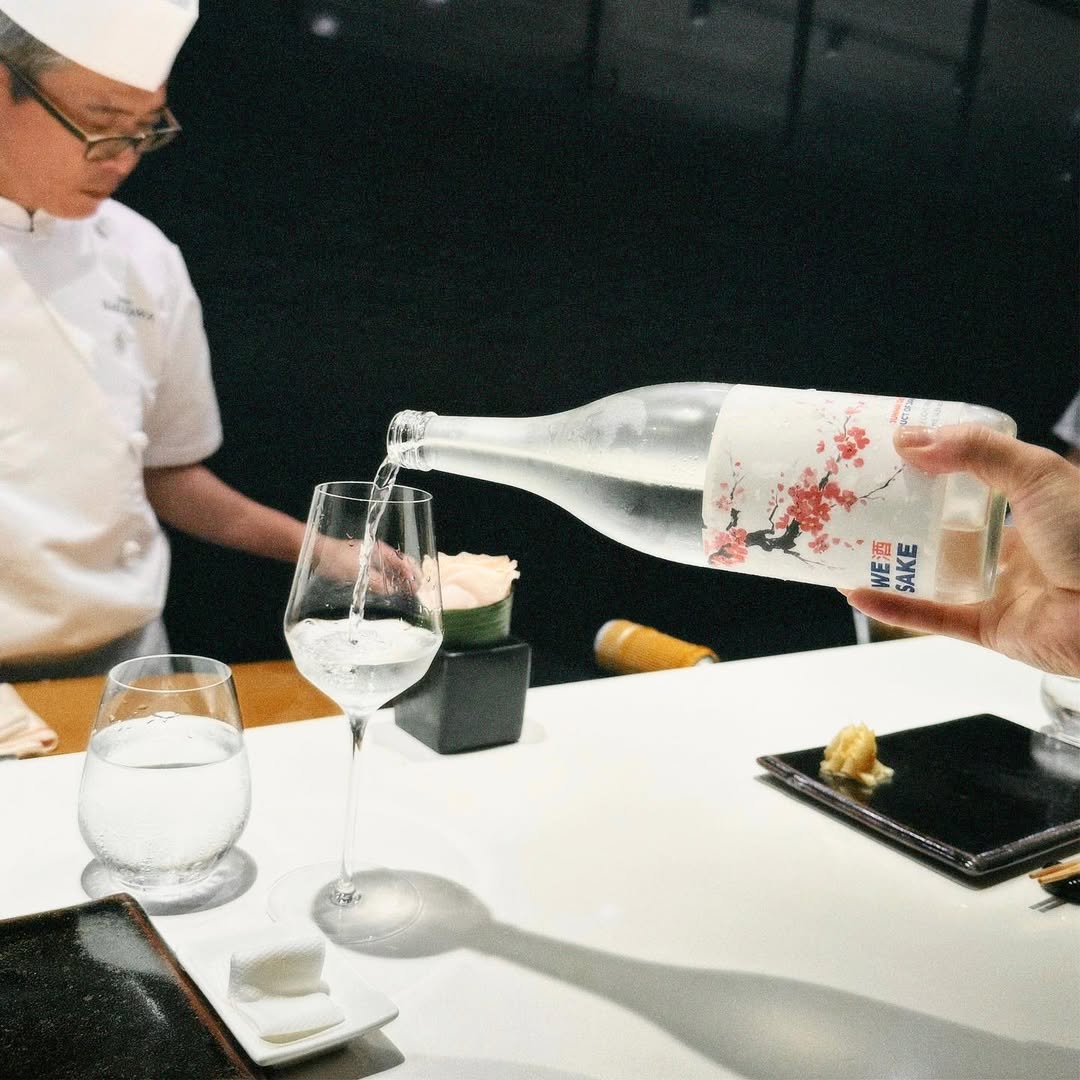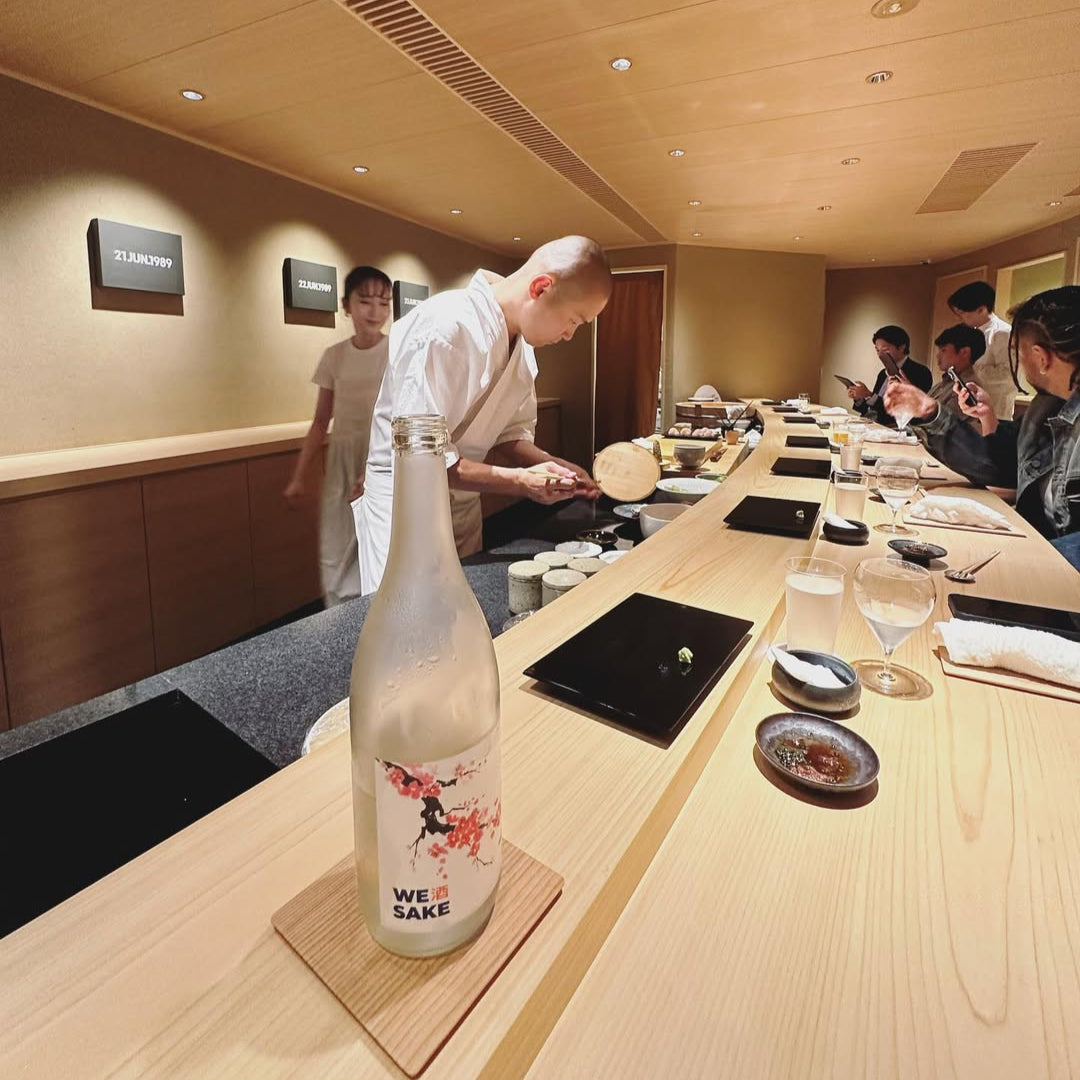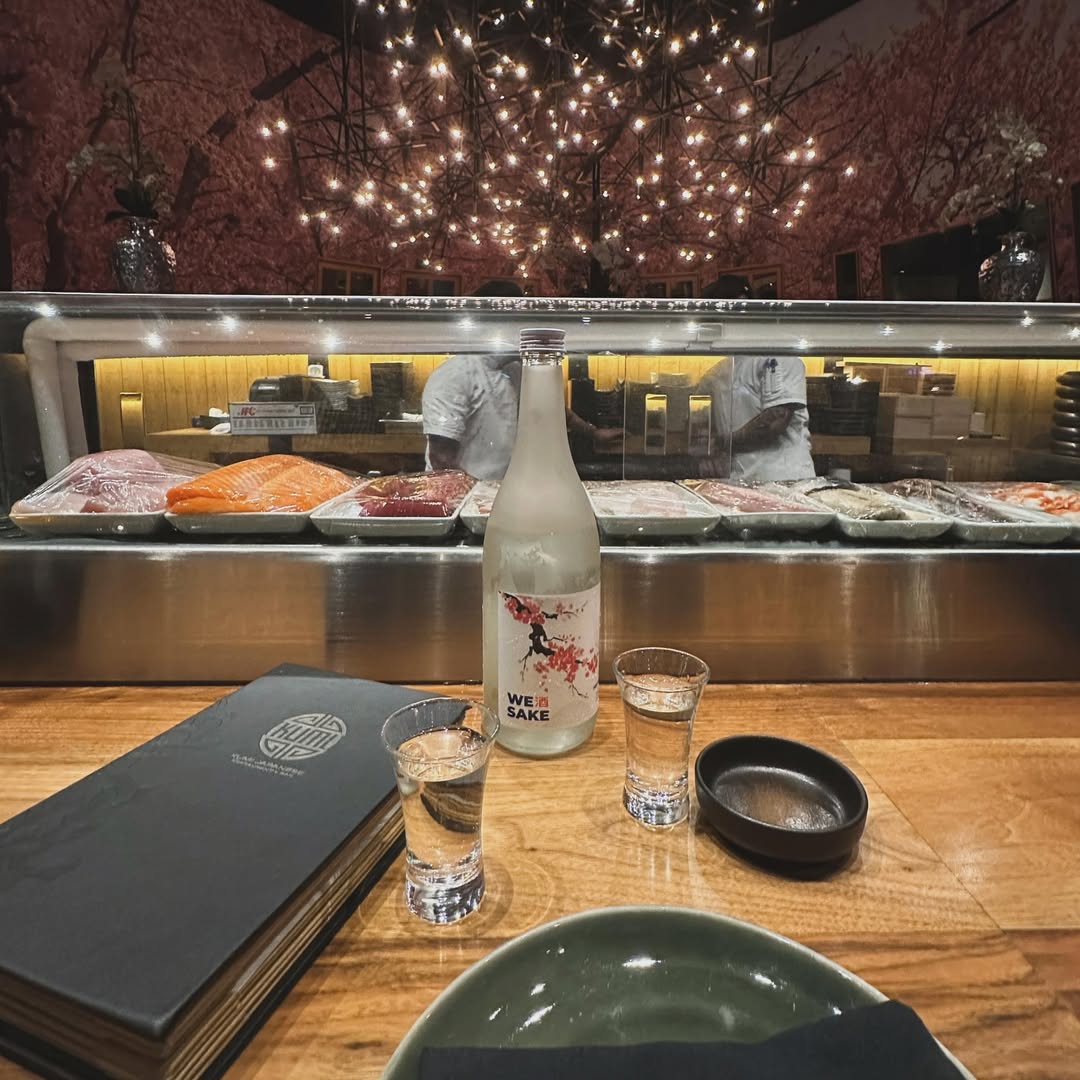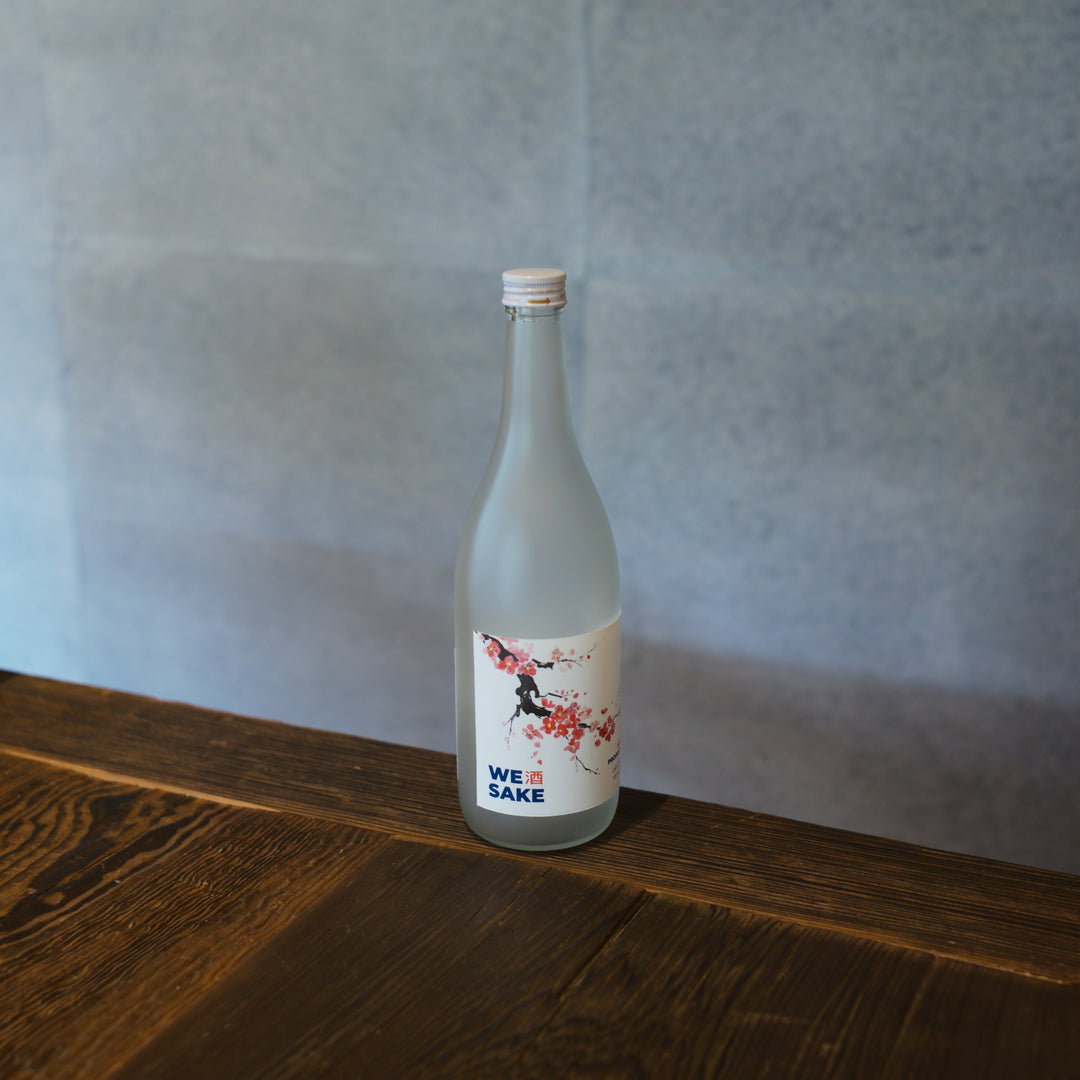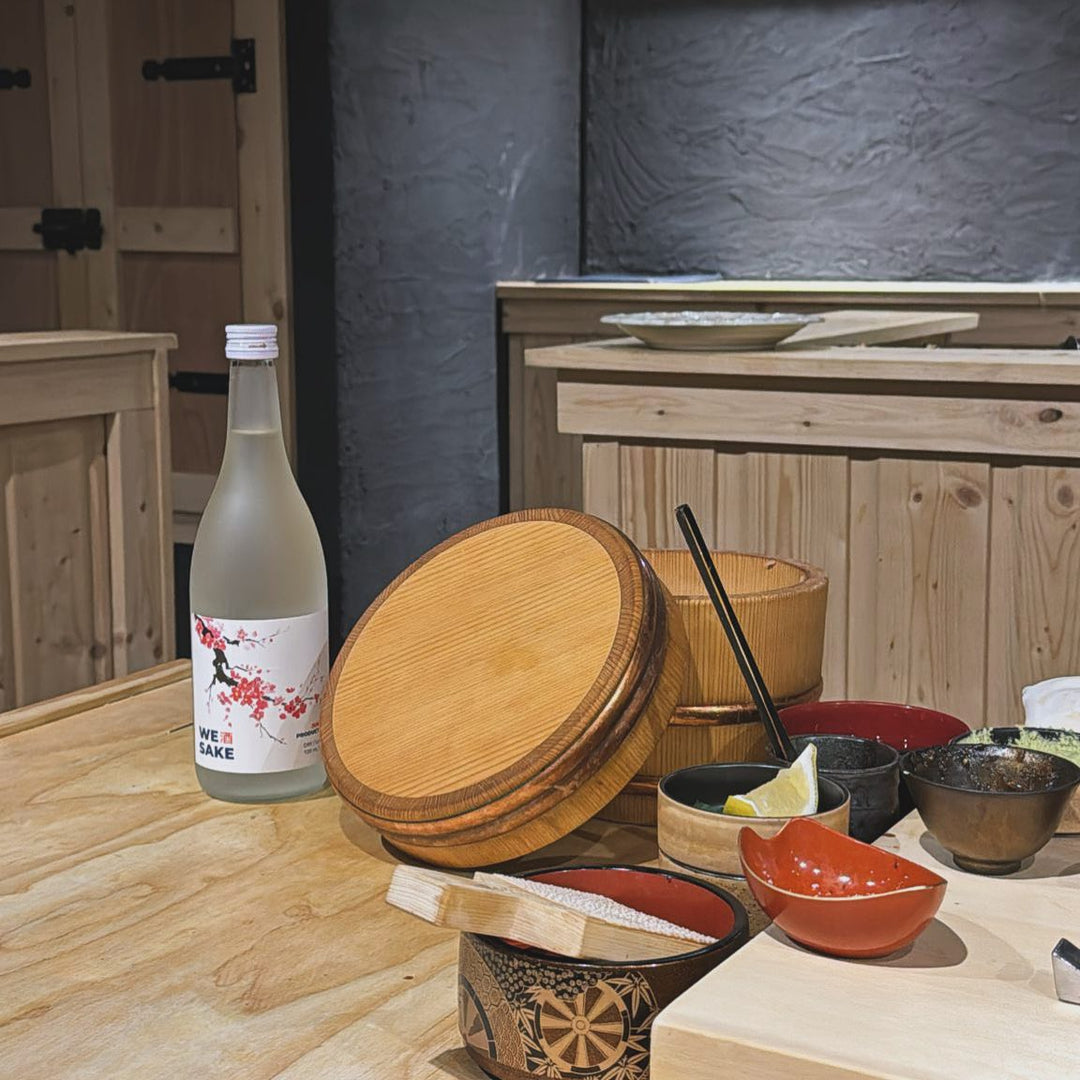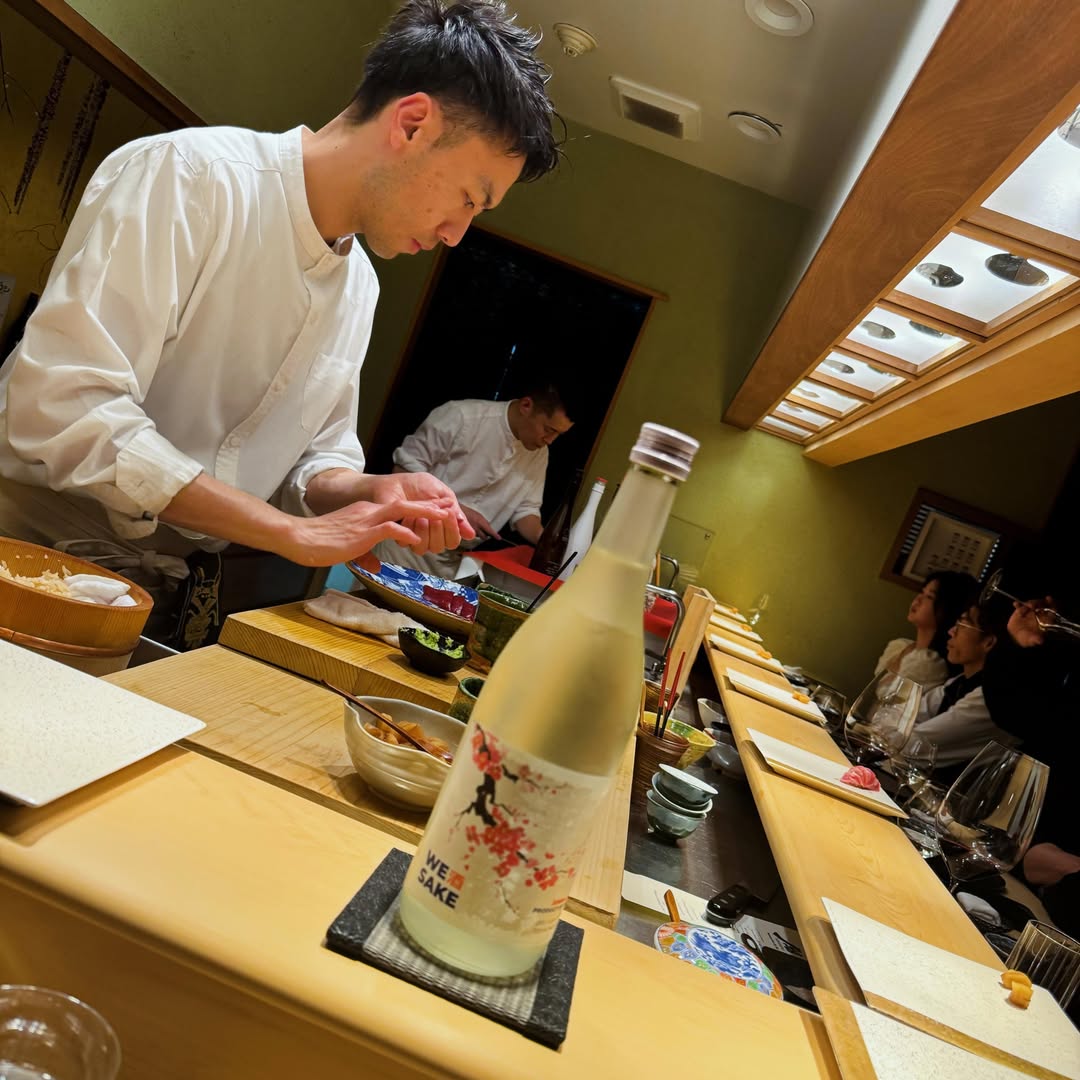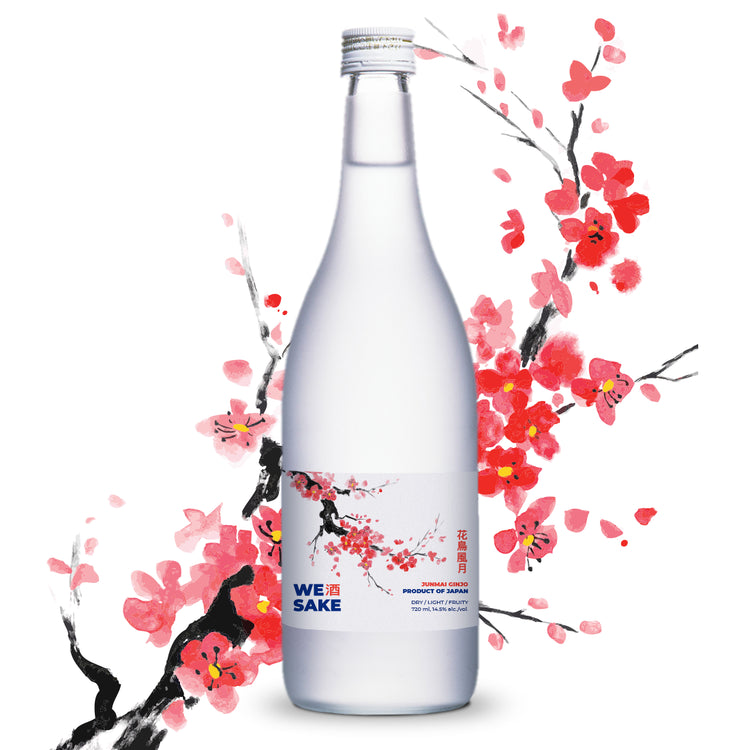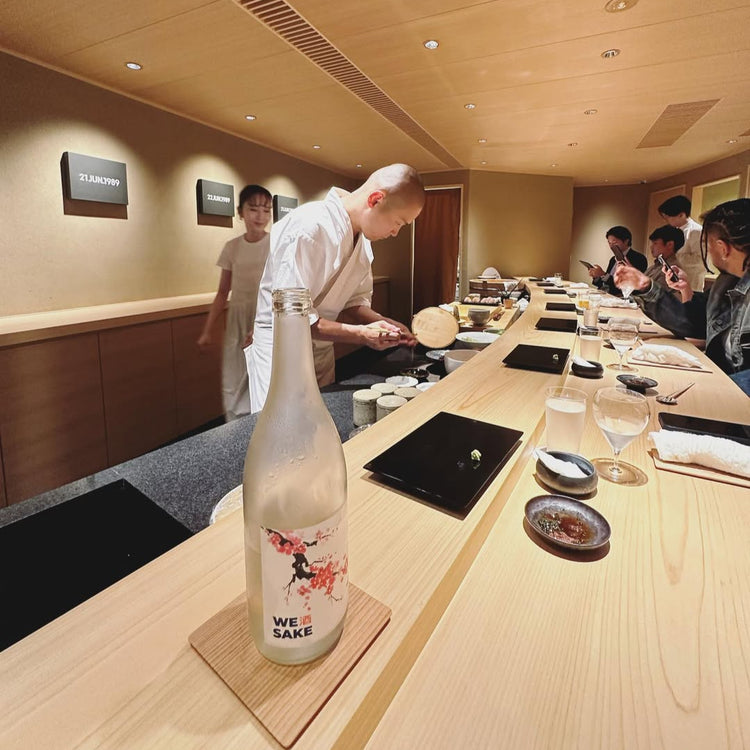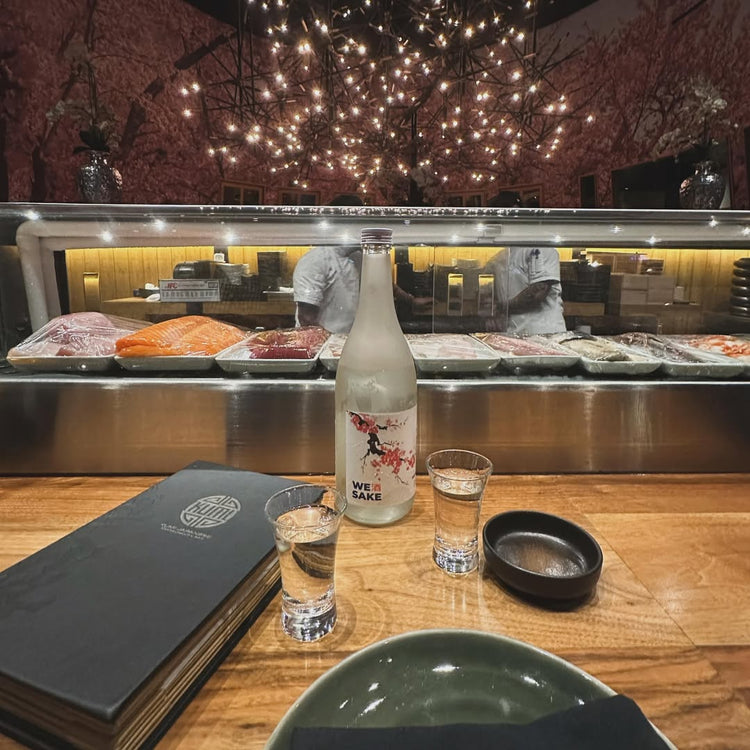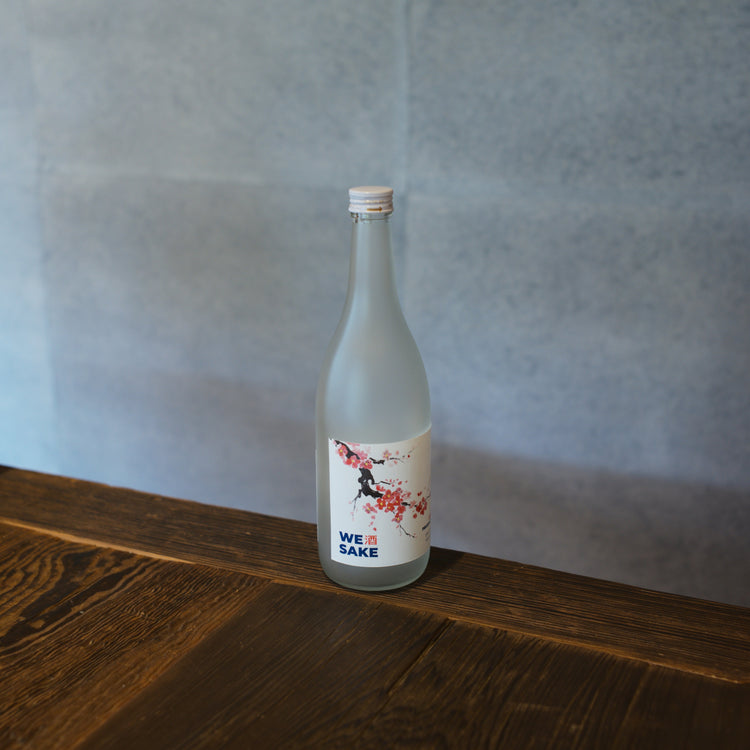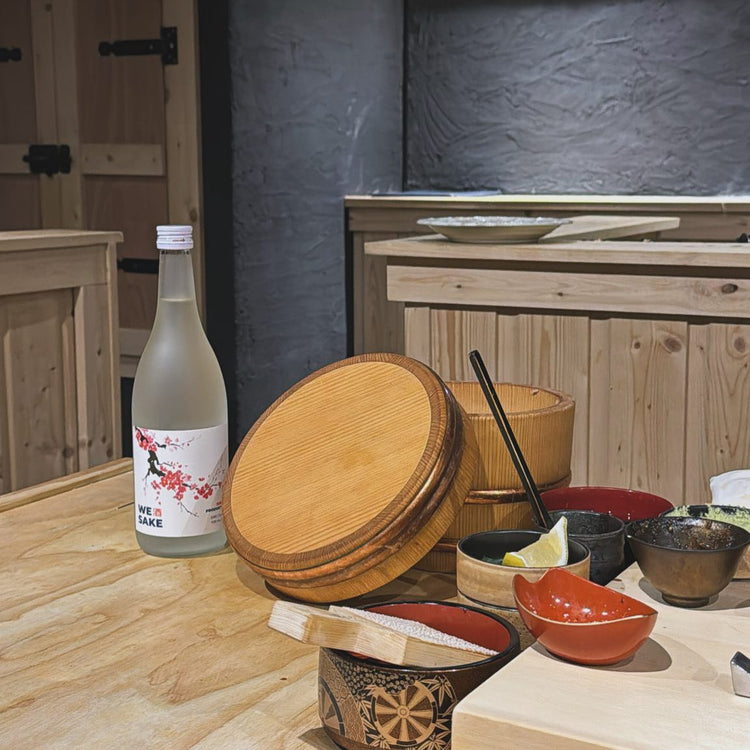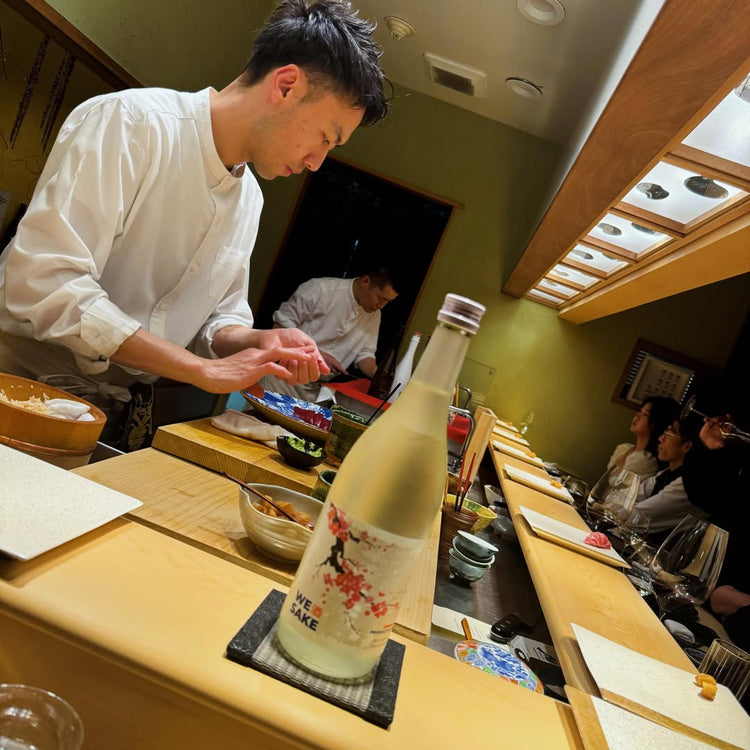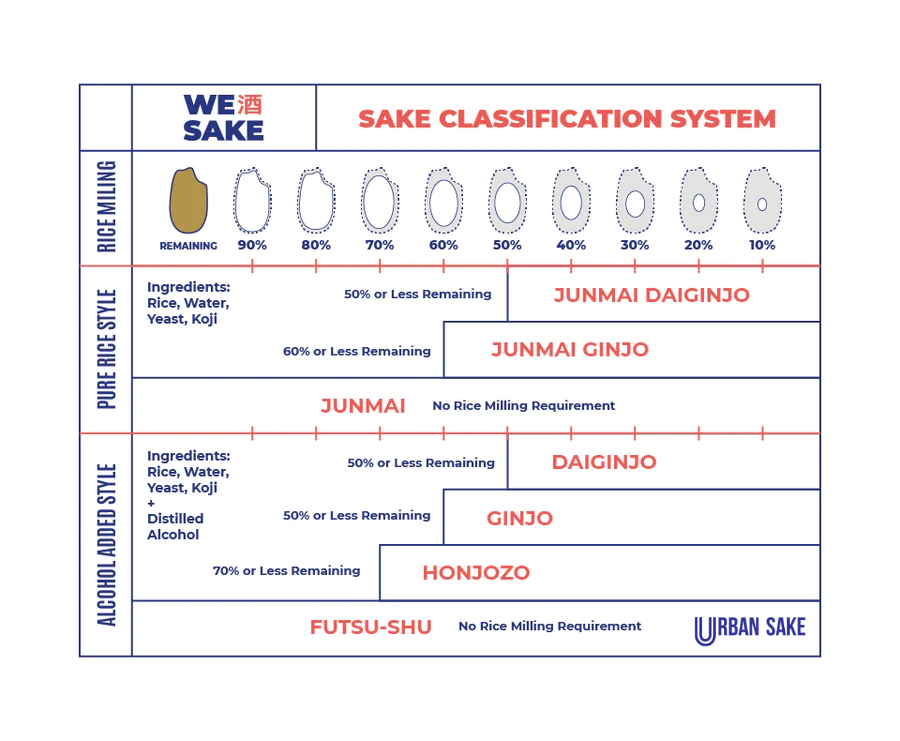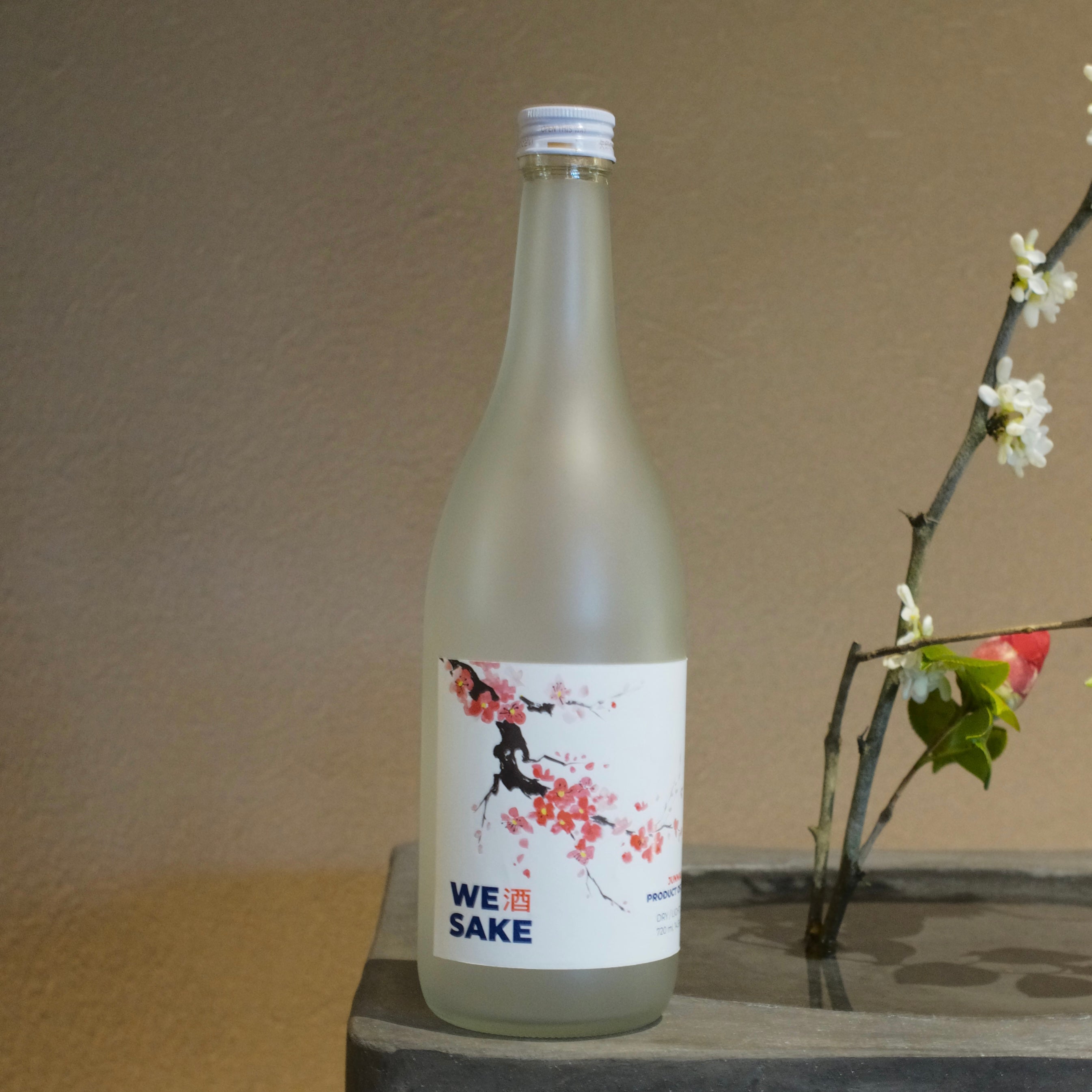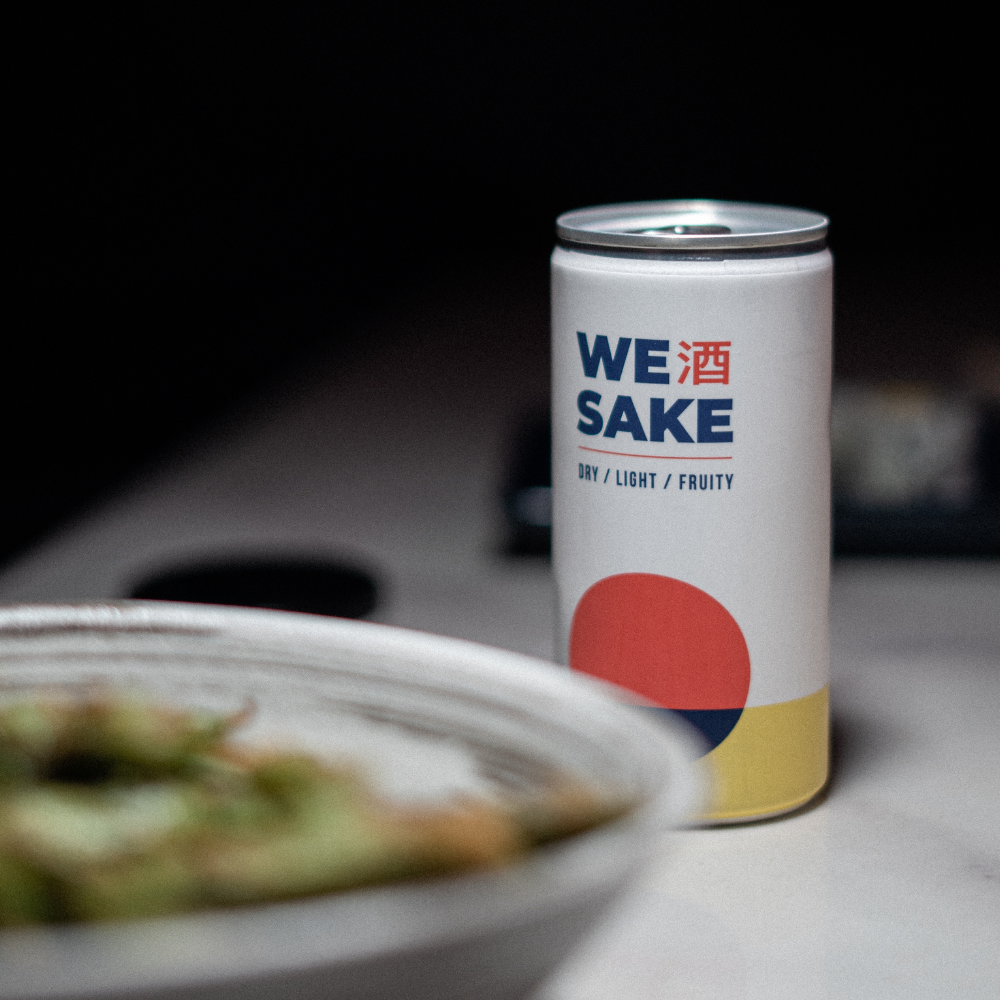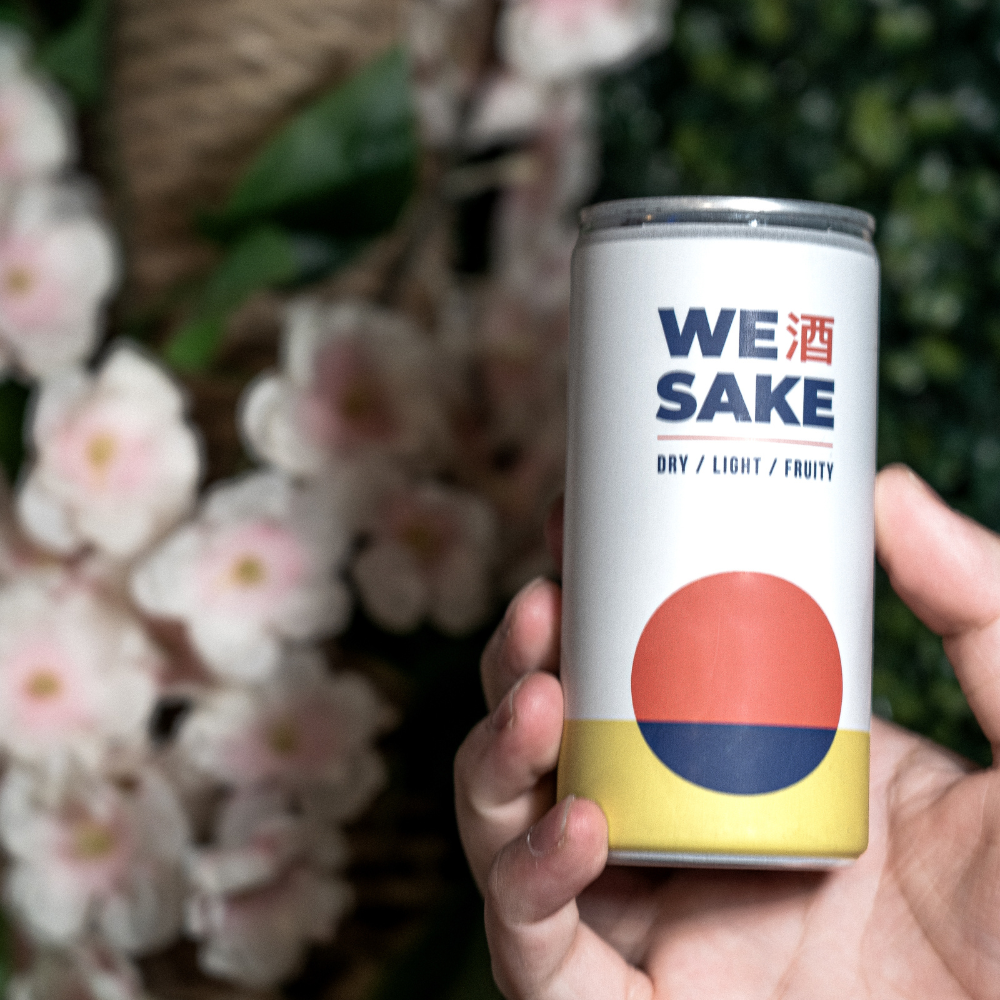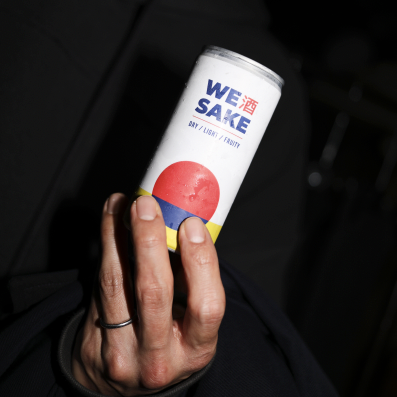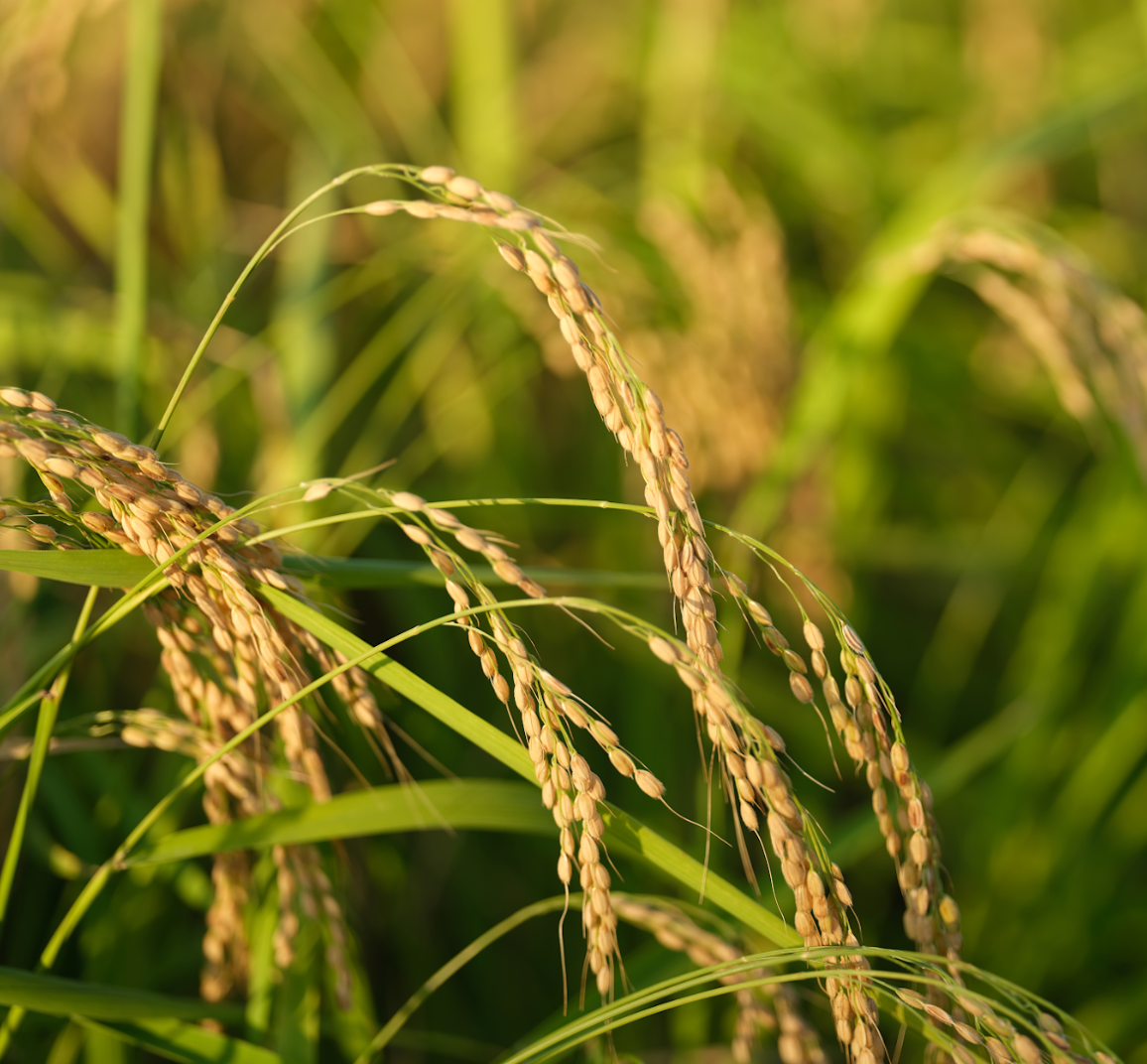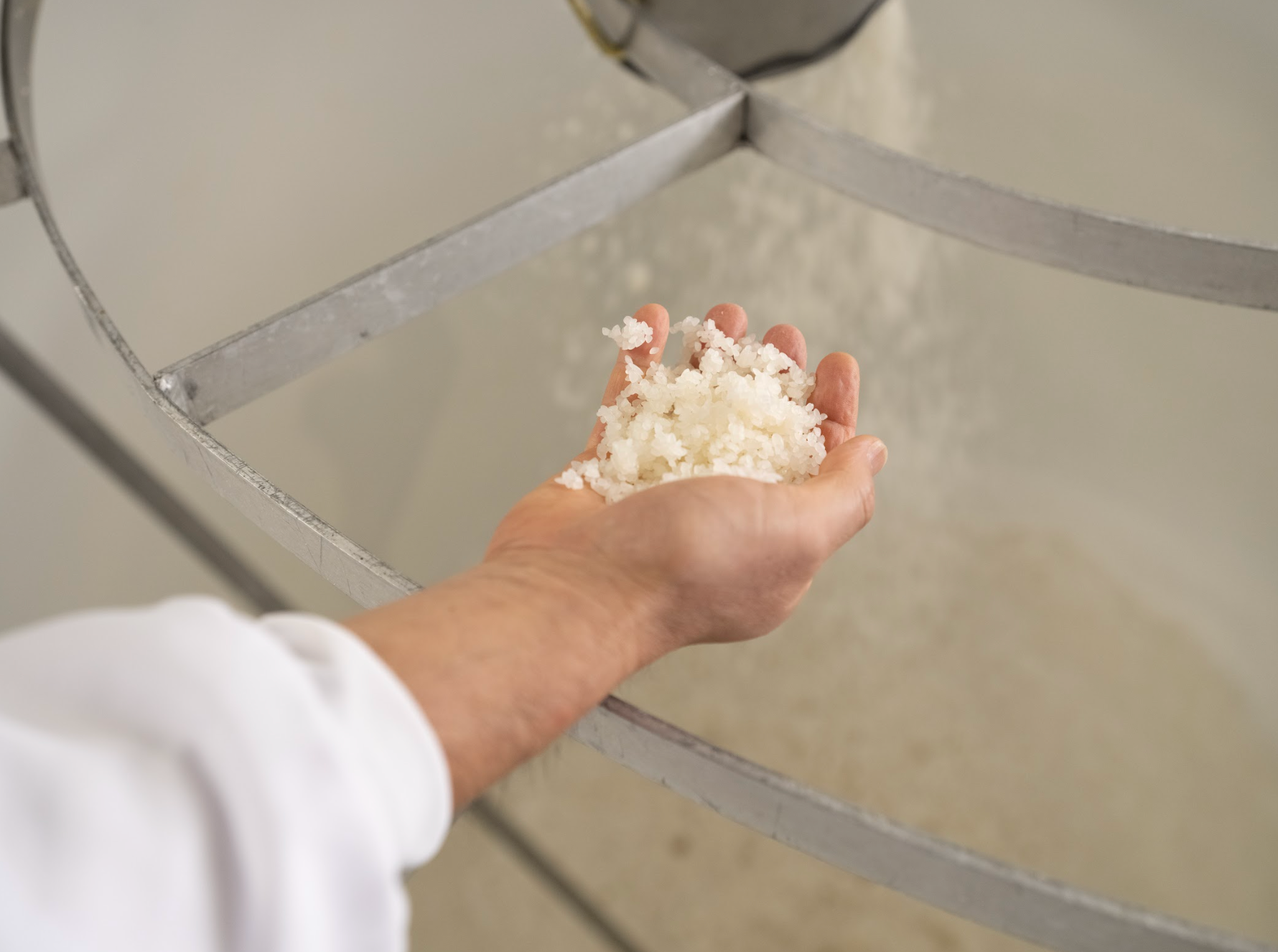The Ultimate Guide to Japan’s Iconic Rice Brew

Why Is Sake Gaining Popularity in the U.S.?
Sake, Japan’s traditional rice-based alcoholic beverage, is experiencing a renaissance in the United States. With the rise of sake-focused bars and its inclusion in high-end restaurants and events, sake is becoming a sophisticated alternative to hard liquor.
Top Questions Things To Know About Sake
1. Is Sake a Wine, Beer, or Spirit?
Sake is often referred to as "rice wine," but its brewing process is more akin to beer. It involves fermenting polished rice with water, yeast, and koji mold. However, sake is not carbonated like beer and has a unique flavor profile distinct from both beer and wine.
2. What’s the Alcohol Content of Sake?
Typically, sake has an alcohol content ranging from 15% to 17%. During brewing, the alcohol content can exceed 20%, but it's usually diluted with water to make it more palatable.
3. Should Sake Be Served Hot or Cold?
The serving temperature of sake depends on its type:
-
Chilled: Premium grade sakes like Junmai Ginjo (like WESAKE) and Daiginjo are best enjoyed chilled to preserve their delicate aromas.
-
Warm: Robust varieties like Junmai can be gently warmed to enhance their flavors.
4. How Long Does Sake Last After Opening?
Once opened, sake should be consumed promptly. If refrigerated and sealed, it can last several months, even years.
5. Is Sake Meant to Be Aged Like Wine?
Most sakes are intended to be consumed fresh. However, a specific type called "Koshu" is aged, resulting in a richer, more complex flavor profile.
6. How Should I Store My Sake?
Sake should be stored in a cool, dark place. Refrigeration is recommended, especially for unpasteurized varieties, to maintain freshness.
7. Is Sake Only Made in Japan?
While Japan is the birthplace of sake, it's now produced in several countries, including the United States. However, premium sakes predominantly come from Japan.
Sake Etiquette: Sip, Don't Shoot
Sake is traditionally sipped slowly from small cups, not consumed in shots. This practice allows one to savor its nuanced flavors and aromas.
Pairing Sake with Food
Sake's versatility makes it an excellent companion to various cuisines:
-
Sushi and Sashimi: Enhances the delicate flavors of raw fish.
-
Grilled Meats: Complements the umami of meats like yakitori.
-
Cheese: Surprisingly pairs well with cheeses, balancing richness with acidity.
Final Thoughts
Sake is more than just a beverage; it's a cultural experience. By understanding its nuances, types, and traditions, you can fully appreciate what this iconic drink has to offer. Whether you're a seasoned enthusiast or a curious newcomer, there's always more to explore in the world of sake.






